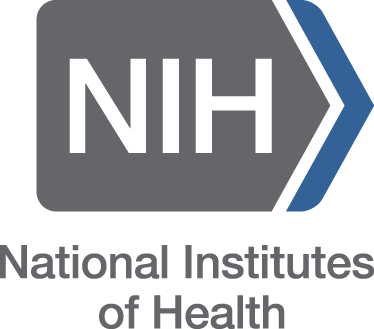Synthesis, Characterisation, Biological Evaluation, and Computational Studies of a Novel Tetraaza Amide Macrocyclic Ligand and Its Metal Complexes Targeting Glioblastoma and HDAC II Inhibition
DOI:
https://doi.org/10.63001/tbs.2025.v20.i02.S2.pp565-575Keywords:
Tetraaza macrocycle, HDAC II inhibition, Glioblastoma, Cytotoxicity, Molecular dockingAbstract
This study reports the synthesis and comprehensive evaluation of a novel tetraaza amide macrocyclic ligand and its Co(II), Ni(II) and Zn(II) complexes, aimed at targeting glioblastoma multiforme (GBM) and inhibiting human Histone Deacetylase II (HDAC II). The compounds exhibited significant antimicrobial, antioxidant, and anticancer activities, with notable cytotoxicity against U87 glioma cells confirmed via MTT assay and apoptosis induction. In silico profiling using SwissADME and admetSAR presented conflicting drug-likeness results but indicated favorable blood-brain barrier permeability and low toxicity. Quantum chemical analyses and molecular docking revealed strong binding affinities to HDAC-II, supporting their potential as therapeutic agents for GBM. Overall, the findings suggest that the metal complex 2phapZn represents a promising multi-targeted candidate for glioma treatment and epigenetic therapy, with additional antimicrobial and antioxidant benefits.






























